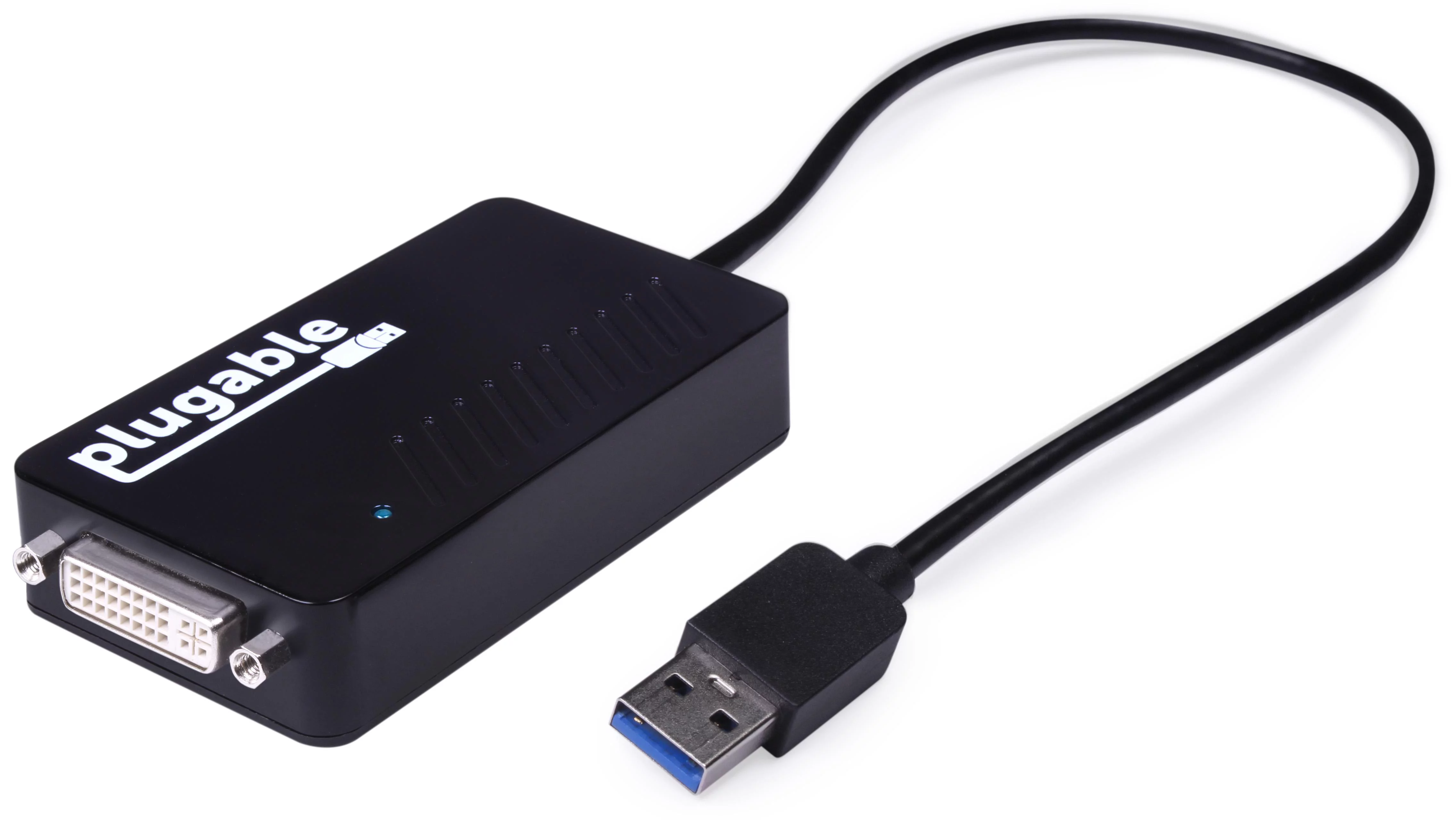

Articles
What Is Display Adapter
Modified: December 7, 2023
Discover what a display adapter is and how it enhances your visual experience. Read informative articles on display adapters and their benefits.
(Many of the links in this article redirect to a specific reviewed product. Your purchase of these products through affiliate links helps to generate commission for Storables.com, at no extra cost. Learn more)
Introduction
A display adapter, also known as a graphics card or video card, is an essential component of a computer system that allows it to generate and display visual output on a monitor or other display device. It serves as the intermediary between the computer’s central processing unit (CPU) and the display device, ensuring that images, videos, and other visual content are rendered accurately and smoothly.
With the advancement of technology and the increasing demand for high-resolution graphics and multimedia content, the display adapter has become a critical component for various applications, including gaming, graphic design, video editing, and even everyday computing tasks. In this article, we will explore the functionality, types, specifications, and factors to consider when choosing a display adapter, as well as provide a guide for installation, setup, and troubleshooting.
Key Takeaways:
- The display adapter, also known as a graphics card, is a critical component for delivering high-quality visuals and immersive computing experiences. Understanding its functionality, types, and specifications is essential for selecting the right one to meet specific needs.
- When choosing a display adapter, factors such as intended use, performance, display requirements, budget, power, and future upgradability should be considered. Proper installation, setup, and troubleshooting techniques are crucial for maximizing the performance and resolving common issues.
Read more: What Is An Adapter
Overview of Display Adapter
A display adapter acts as a bridge between the computer’s CPU and the monitor, enabling the transmission and rendering of visual information. It converts digital data from the computer into signals that can be understood by the monitor, allowing users to view and interact with graphical content.
The primary purpose of a display adapter is to enhance the quality and performance of visual output. It achieves this by utilizing dedicated hardware components, such as a Graphics Processing Unit (GPU), which is specialized in performing complex calculations and rendering graphics quickly and efficiently.
Display adapters play a crucial role in displaying images, videos, games, and other multimedia content. They are responsible for rendering graphics, processing visual effects, and accelerating video playback. The quality and capabilities of a display adapter can greatly impact the overall visual experience, including factors such as image clarity, color accuracy, refresh rate, and resolution.
In addition to facilitating visual output, display adapters also support various display technologies, such as Multiple Monitor Support, High Dynamic Range (HDR), and 3D rendering. They provide the necessary connections and interfaces, such as HDMI, DisplayPort, and DVI, to connect the computer to the monitor or other display devices.
As technology evolves, display adapters are continually becoming more powerful and capable. They incorporate advanced features, including dedicated memory (VRAM), advanced cooling systems, and support for real-time ray tracing and artificial intelligence. These advancements enable smoother gameplay, faster image processing, and more immersive visual experiences.
Overall, the display adapter serves as a critical component in modern computing systems, ensuring that users can enjoy vibrant, high-quality visuals on their monitors. The next sections will delve into the functionality, types, specifications, and factors to consider when choosing a display adapter.
Functionality of Display Adapter
The functionality of a display adapter revolves around three main components: the Graphics Processing Unit (GPU), video memory (VRAM), and display drivers. Let’s take a closer look at each of these components:
1. Graphics Processing Unit (GPU)
The GPU is the heart of a display adapter. It is designed to handle complex mathematical calculations required for rendering graphics. The GPU processes data and instructions from the CPU and generates images by manipulating pixels on the screen. The more powerful the GPU, the faster and smoother the graphics rendering will be.
2. Video Memory (VRAM)
Video memory, also known as VRAM or graphics memory, plays a vital role in the display adapter’s functionality. It is dedicated memory that stores data related to graphics, textures, and frame buffers. Having sufficient VRAM allows for quick access to this information, resulting in faster rendering and improved overall performance.
Read more: What Is An Mhl Adapter
3. Display Drivers
Display drivers are software components that act as a communication interface between the operating system (OS) and the display adapter. They provide the necessary instructions to the display adapter, enabling it to work seamlessly with the OS and other software applications. Display drivers often receive updates from the manufacturer to improve performance and fix compatibility issues.
Together, these components enable the display adapter to perform various functions, including:
- Rendering: The display adapter’s main function is to generate and render graphics, allowing users to view images, videos, and other visual content on their monitors.
- Accelerated Video Playback: Display adapters are equipped with hardware acceleration capabilities that significantly improve video playback, ensuring smooth and high-quality playback of high-definition videos.
- 3D Graphics: With the increasing popularity of gaming and 3D applications, display adapters are designed to handle complex calculations and rendering processes required for realistic 3D graphics.
- Multiple Monitor Support: Display adapters support the use of multiple monitors, allowing users to extend their desktop workspace or create immersive multi-screen setups.
- Image and Video Processing: Display adapters incorporate dedicated processing units to enhance image and video quality, such as noise reduction, color correction, and dynamic contrast.
In summary, the functionality of a display adapter revolves around its GPU, video memory, and display drivers. These components work together to render graphics, accelerate video playback, support 3D graphics, enable multiple monitor setups, and enhance image and video processing.
Types of Display Adapters
Display adapters come in various types, each with its own capabilities and suitability for different applications and user needs. Let’s explore the most common types of display adapters:
1. Integrated Graphics
Integrated graphics refers to the display adapter that is built into the motherboard of the computer. It shares system memory for graphics processing and is suitable for basic computing tasks such as web browsing, document editing, and light multimedia consumption. Integrated graphics are cost-effective and power-efficient but may lack the performance capabilities required for demanding applications like gaming or graphic design.
2. Dedicated Graphics
Dedicated graphics cards are separate components that are designed specifically for graphics processing. These cards have their own GPU, dedicated video memory (VRAM), and are connected to the motherboard via the PCI Express (PCIe) slot. Dedicated graphics cards are more powerful and offer better performance compared to integrated graphics. They are ideal for gaming, 3D rendering, video editing, and other graphics-intensive tasks.
Read more: What Is A Video Adapter
3. External Graphics
External graphics cards, also known as eGPUs, are portable devices that provide additional graphics processing power to laptops or computers with limited graphics capabilities. They connect to the computer via Thunderbolt or USB-C ports and come with their own GPU and VRAM. External graphics cards are a popular choice among gamers and content creators who require enhanced graphics performance while retaining the portability of their devices.
4. Workstation Graphics
Workstation graphics cards are specialized display adapters designed for professional applications such as CAD (Computer-Aided Design), 3D modeling, and video editing. They offer high performance, greater precision, and advanced features tailored specifically for professional workflows. Workstation graphics cards can support multiple displays, offer high accuracy in color reproduction, and provide optimized drivers for professional software applications.
5. Virtual Graphics
Virtual graphics adapters are utilized in virtualized environments, where multiple virtual machines share the physical hardware of a server or workstation. These adapters allow each virtual machine to have its own virtual GPU, providing dedicated graphics capabilities to individual instances. Virtual graphics adapters enable virtual desktop infrastructure (VDI) solutions, remote gaming, and cloud-based graphics rendering.
It’s important to note that the suitability of a display adapter depends on the specific requirements of the user and the intended application. Factors such as budget, power consumption, compatibility with software and hardware, and desired performance level should be considered when choosing the right type of display adapter.
Common Display Adapter Specifications
When choosing a display adapter, it is essential to understand the various specifications that define its capabilities and performance. Here are some common display adapter specifications to consider:
Read more: What Is A Vga Adapter
1. GPU Clock Speed
The GPU clock speed, measured in MHz (megahertz) or GHz (gigahertz), indicates how fast the graphics processing unit can perform calculations. A higher clock speed generally results in better graphics performance and faster rendering times.
2. Memory/VRAM Size
The amount of video memory, also known as VRAM, determines the capacity of the display adapter to store and process graphic data. Higher VRAM sizes allow for smoother rendering of graphics, especially in games or applications that require large textures or high-resolution graphics.
3. Memory Interface and Bandwidth
The memory interface refers to the connection between the GPU and VRAM. It affects the speed at which the GPU can access and transfer data to and from the memory. A wider memory interface and higher memory bandwidth result in faster data transfer and better overall performance.
4. Display Resolution and Refresh Rate
The display resolution refers to the number of pixels that can be displayed on the screen. Higher resolutions, such as 1080p (Full HD), 1440p (2K), or 2160p (4K), provide sharper and more detailed images. The refresh rate, measured in Hz (hertz), indicates how many times the display can update per second. Higher refresh rates, such as 144Hz or 240Hz, offer smoother motion and reduce blur in fast-paced games or video playback.
Read more: What Is A Lug Adapter
5. Outputs and Multi-Monitor Support
Consider the types and number of outputs available on the display adapter, such as HDMI, DisplayPort, or DVI. This is important for compatibility with your monitor or display devices. Additionally, ensure that the display adapter supports multi-monitor setups if you require extended desktop workspace or immersive multi-screen experiences.
6. Power Consumption and Cooling
Take into account the power requirements of the display adapter and ensure that your computer’s power supply can handle it. Higher-performance display adapters may require additional power connectors. It is also crucial to consider the cooling capabilities of the display adapter, as powerful GPUs can generate significant heat. Look for efficient cooling solutions such as fans or heat sinks to prevent overheating.
These are just a few of the common specifications to consider when selecting a display adapter. It is important to assess your specific requirements and match them with the display adapter specifications in order to choose the right one for your needs.
Factors to Consider When Choosing a Display Adapter
When selecting a display adapter, several factors should be taken into consideration to ensure it meets your specific needs and requirements. Here are some key factors to consider:
1. Intended Use and Application
Determine the primary purpose of the display adapter. Are you a gamer looking for high-performance graphics for demanding AAA titles? Or are you a professional in need of a display adapter specialized for CAD or video editing? Each application may have different requirements, so it is essential to choose a display adapter that aligns with your intended use.
Read more: What Is A Dvi Adapter
2. Performance and Compatibility
Consider the performance capabilities of the display adapter, such as GPU clock speed, memory size, and memory interface. Ensure that the display adapter is compatible with your computer’s hardware and software. Check the system requirements of the display adapter and make sure your computer meets those specifications.
3. Display Requirements
Take into account the display resolution and refresh rate that you desire. If you intend to use a high-resolution monitor with a higher refresh rate, make sure the display adapter can support those specifications. Consider your specific needs in terms of color accuracy, HDR support, and multiple monitor setups, and ensure the display adapter can fulfill those requirements.
4. Budget
Set a budget for your display adapter purchase. Display adapters vary in price, ranging from budget-friendly options to high-end, premium models. Determine how much you are willing to spend and find a display adapter that offers the best value for your money while meeting your requirements.
5. Power and Cooling
Evaluate the power consumption of the display adapter and ensure that your computer’s power supply can handle it. If the display adapter requires additional power connectors, make sure your power supply has those available. Consider the cooling capabilities of the display adapter, as powerful GPUs can generate significant heat. Look for efficient cooling solutions to prevent overheating.
Read more: What Is An Adapter Card
6. Future Upgradability
Consider the potential for future upgrades. If you plan to upgrade your computer in the future, ensure that the display adapter is compatible with the new system. Additionally, check if the manufacturer provides regular driver updates and support for future software updates to ensure long-term compatibility.
By considering these factors, you can make an informed decision when choosing a display adapter that best suits your needs and provides an optimal visual experience for your specific application or use case.
Installation and Setup of Display Adapter
Installing and setting up a display adapter may vary depending on the specific model and your computer’s configuration. However, here are some general steps to guide you through the process:
1. Prepare for Installation
Before installing the display adapter, ensure that you have the necessary components and tools. This may include the display adapter itself, a suitable screwdriver, and any required cables or adapters. Also, make sure to power off your computer and disconnect it from the power source to avoid any electrical damage.
2. Physical Installation
Locate the appropriate expansion slot on your computer’s motherboard. Commonly, display adapters use a PCI Express (PCIe) slot. Remove the cover plate of the slot by unscrewing it, align the display adapter’s connector with the slot, and gently insert it. Apply slight pressure until the adapter is firmly seated in the slot. Secure the adapter in place with the screw or latch provided.
Read more: What Is A Lightning Adapter
3. Connect Display Cables
Once the display adapter is installed, connect the necessary display cables to the appropriate ports on both the display adapter and your monitor. Common connection options include HDMI, DisplayPort, and DVI. Refer to the documentation provided with your display adapter and monitor to ensure the correct cable connections.
4. Power Up and Install Drivers
Power on your computer and monitor. Depending on your operating system, it may automatically detect and install basic display drivers. However, it is recommended to install the latest drivers for optimal performance. Visit the manufacturer’s website of the display adapter and download the latest drivers for your specific model. Follow the on-screen instructions to install the drivers and restart your computer if prompted.
5. Configure Display Settings
Once the drivers are installed, you may need to configure the display settings according to your preferences. Right-click on the desktop and select “Display Settings” or access the display settings through the Control Panel. Here, you can adjust the resolution, refresh rate, and multiple display settings. Ensure that the settings match your monitor’s capabilities and desired visual experience.
6. Update and Troubleshoot
Regularly check for driver updates from the display adapter manufacturer’s website. New drivers often include performance improvements, bug fixes, and compatibility enhancements. In case you encounter any issues with the display adapter, such as artifacts, black screens, or driver conflicts, visit the manufacturer’s support page for troubleshooting guides or contact their customer support for assistance.
Remember, these steps provide a general guide, and it’s important to refer to the specific instructions provided with your display adapter for detailed installation and setup guidance. Following proper installation procedures ensures a smooth and error-free setup of your display adapter.
Read more: What Is A Switching Adapter
Troubleshooting Display Adapter Issues
Display adapter issues can range from minor glitches to more complex hardware or software-related problems. Here are some common troubleshooting steps to help resolve display adapter issues:
1. Check Connections
Ensure that all cables connecting the display adapter to the monitor are securely plugged in on both ends. Sometimes, loose or faulty connections can cause display problems.
2. Update Display Drivers
Outdated or incompatible display drivers can often cause display issues. Visit the manufacturer’s website of your display adapter to download and install the latest drivers. Uninstall the previous drivers before installing the new ones for a clean installation.
3. Adjust Display Settings
Incorrect display settings, such as resolution or refresh rate, can result in visual problems. Go to the Display Settings in the Control Panel and make sure the settings match the specifications of your display device. Experiment with different settings to see if the issue persists.
Read more: What Is A Loopback Adapter
4. Reinstall Display Adapter
If updating the display drivers didn’t resolve the issue, try uninstalling the display adapter from the Device Manager and then reinstalling it. Right-click on the display adapter in the Device Manager, select “Uninstall Device,” and restart your computer. Windows will automatically reinstall the display adapter upon restart.
5. Run Windows Update
Make sure your operating system is up to date by running Windows Update. This can help fix any software-related issues and ensure compatibility with the display adapter.
6. Test with a Different Monitor or Cable
If possible, try connecting your display adapter to a different monitor and using a different cable. This can help determine if the issue lies with the display adapter, the monitor, or the cable itself.
7. Check for Overheating
If you experience display issues accompanied by abnormal heat or fan noise, your display adapter may be overheating. Ensure that the cooling system is working properly and that the display adapter is not obstructed by dust or other debris. Consider cleaning the cooling system or adding additional cooling solutions if necessary.
Read more: What Is A Usb Adapter
8. Contact Manufacturer Support
If the issue persists and you have exhausted all troubleshooting steps, it may be necessary to contact the manufacturer’s support for further assistance. They can provide specific guidance based on your display adapter model and help diagnose and resolve any hardware-related issues.
Remember, display adapter issues can sometimes be more complex and may require professional assistance. If you are not comfortable troubleshooting the issue yourself, consider reaching out to a qualified technician or computer repair service for help.
Conclusion
Display adapters play a crucial role in delivering high-quality visuals and ensuring an immersive computing experience. Whether you’re a gamer, graphic designer, or everyday computer user, choosing the right display adapter is essential for optimal performance and visual output.
In this article, we explored the functionality, types, specifications, installation, and troubleshooting of display adapters. We discussed the importance of GPU performance, display resolution, refresh rate, and compatibility with your specific needs. We also highlighted factors such as budget, power consumption, and future upgradability to consider when selecting a display adapter.
Understanding the different types of display adapters, including integrated graphics, dedicated graphics, external graphics, workstation graphics, and virtual graphics, allows you to choose the one that best suits your requirements. Additionally, familiarizing yourself with common display adapter specifications, such as GPU clock speed, VRAM size, and memory interface, helps ensure you select a display adapter capable of handling your desired applications.
Installing and setting up a display adapter involves physical installation, connecting display cables, installing drivers, and configuring display settings. Following the recommended steps and consulting the manufacturer’s guidelines ensures a smooth and hassle-free installation process.
If you encounter display adapter issues, troubleshooting techniques such as checking connections, updating drivers, adjusting display settings, reinstalling the display adapter, and testing with different monitors or cables can help resolve common problems. If challenges persist, contacting the manufacturer’s support or seeking professional assistance may be necessary.
By carefully considering your needs, understanding the specifications, and following proper installation and troubleshooting steps, you can select and efficiently use a display adapter that enhances your visual experience and meets your computing demands.
Frequently Asked Questions about What Is Display Adapter
Was this page helpful?
At Storables.com, we guarantee accurate and reliable information. Our content, validated by Expert Board Contributors, is crafted following stringent Editorial Policies. We're committed to providing you with well-researched, expert-backed insights for all your informational needs.
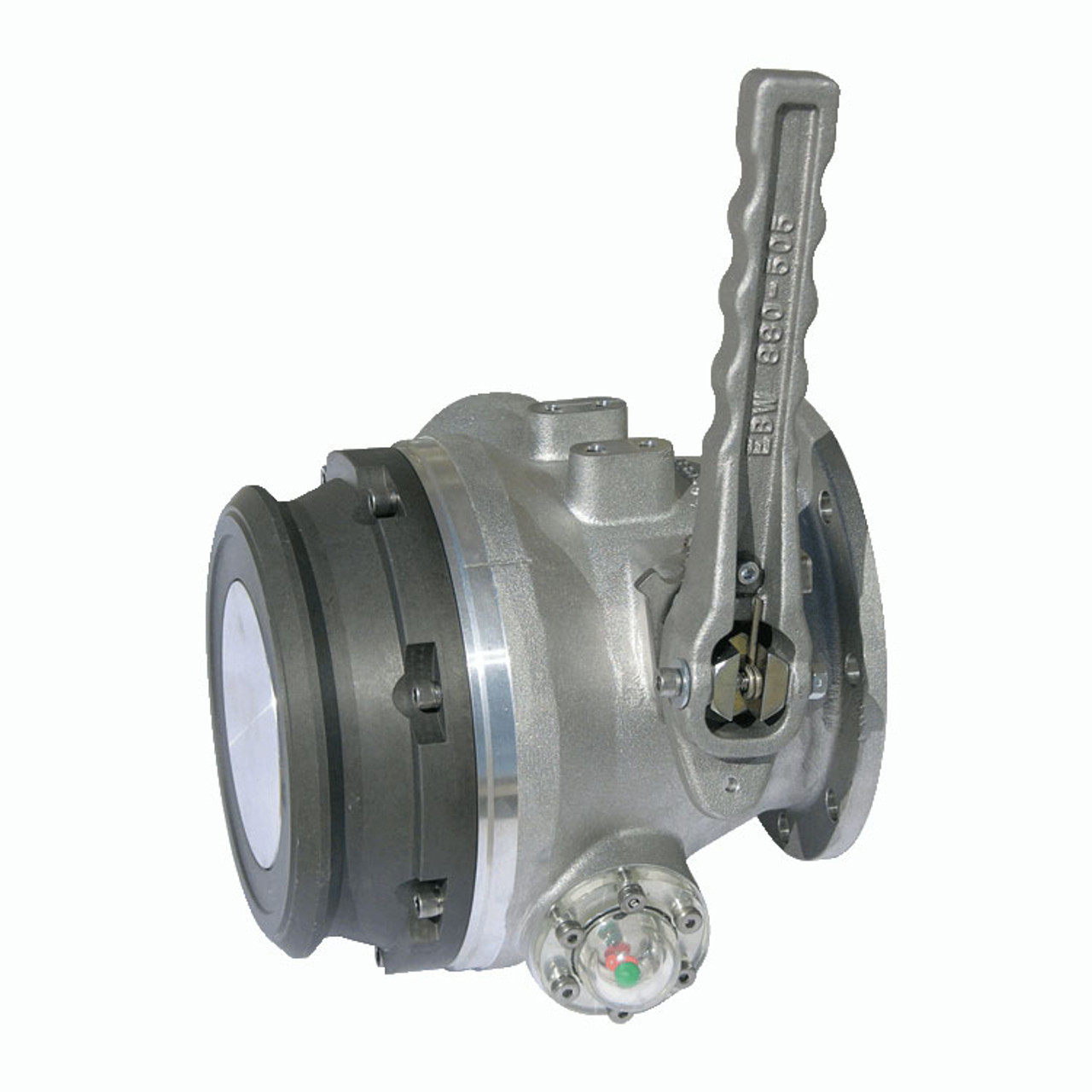
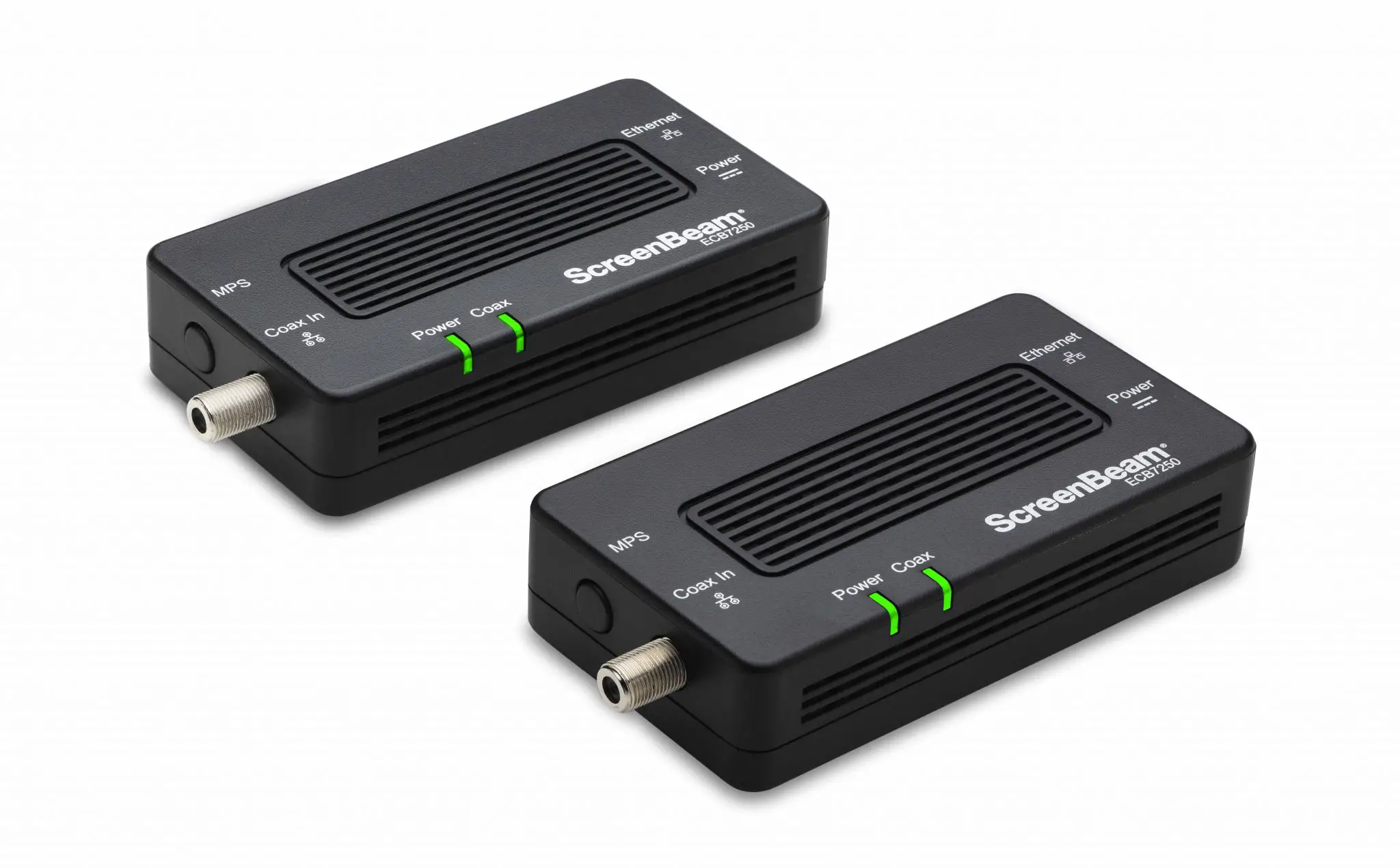
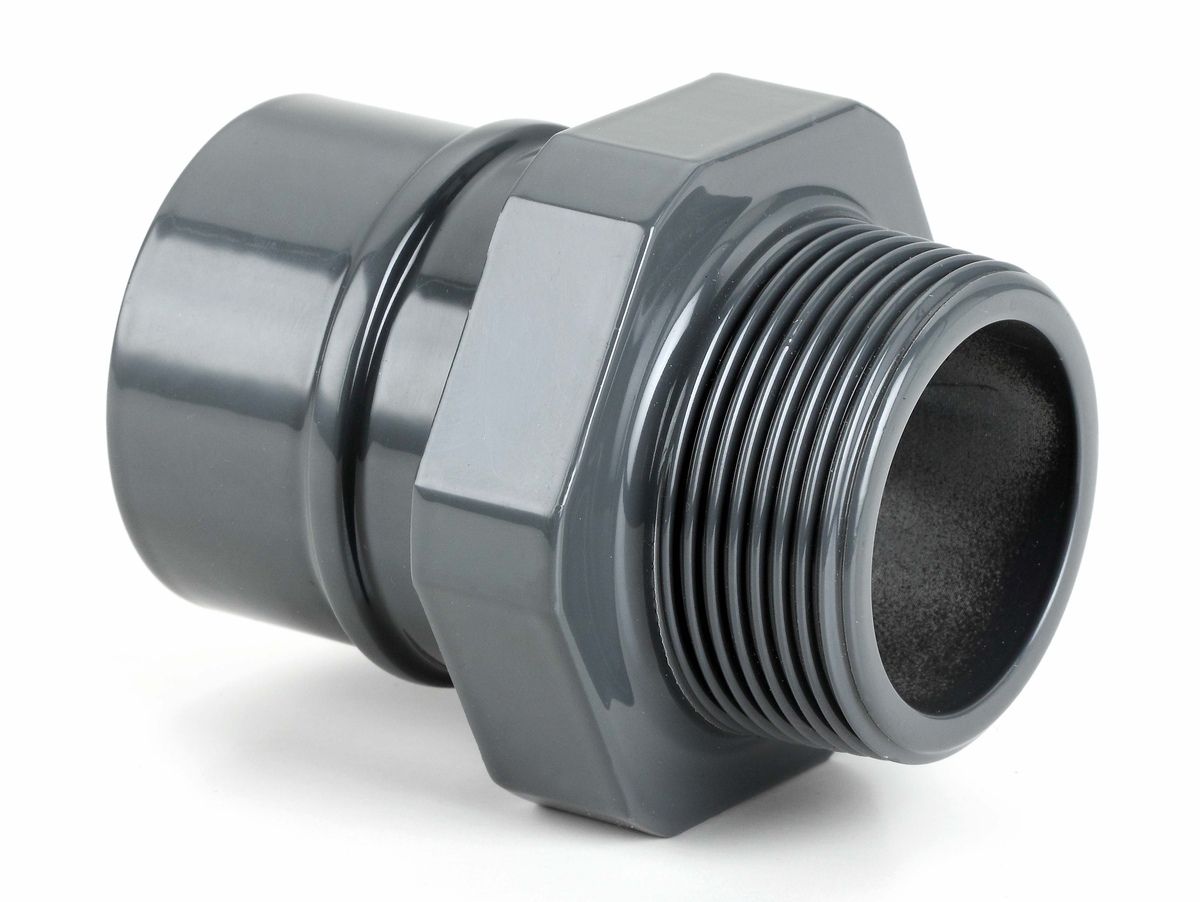
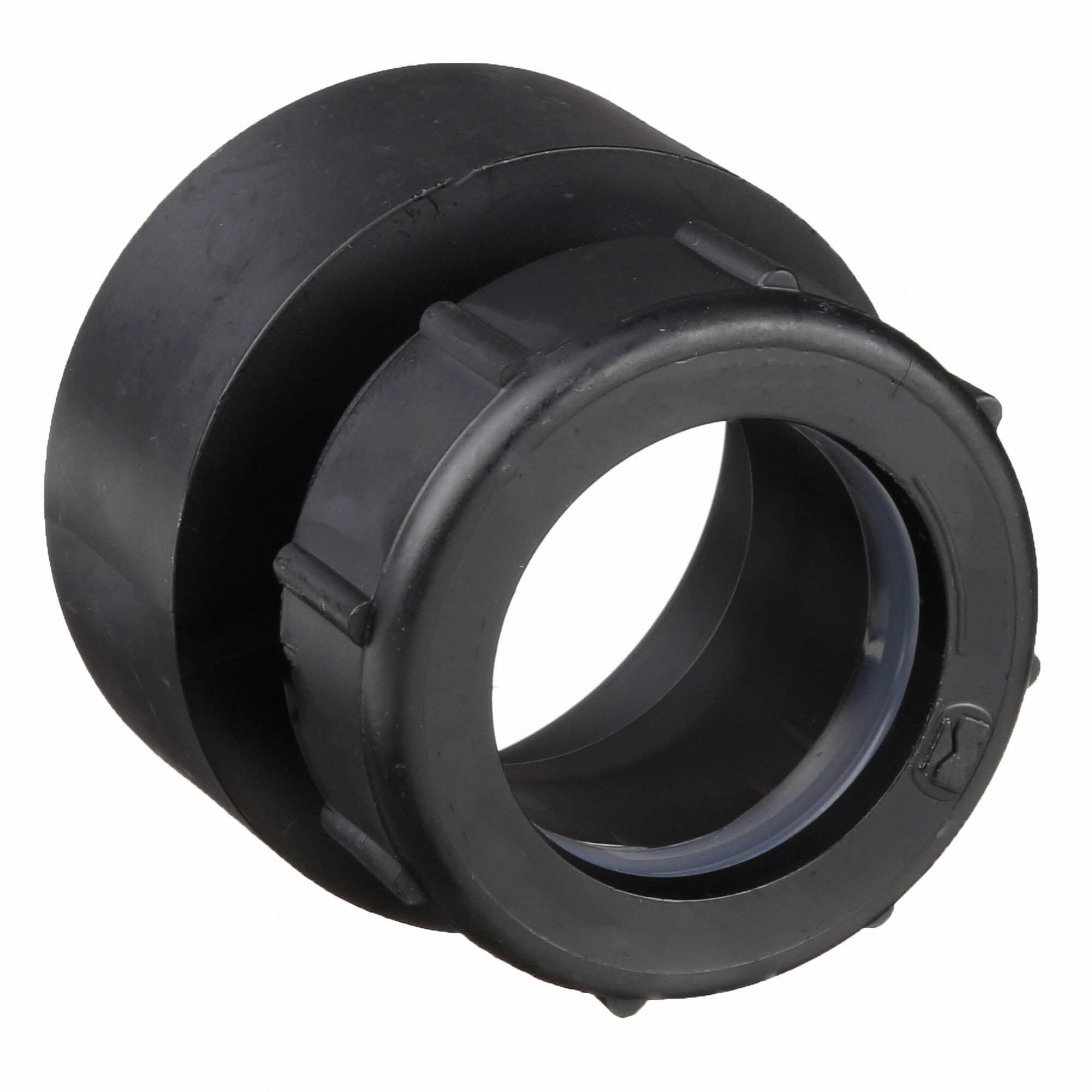
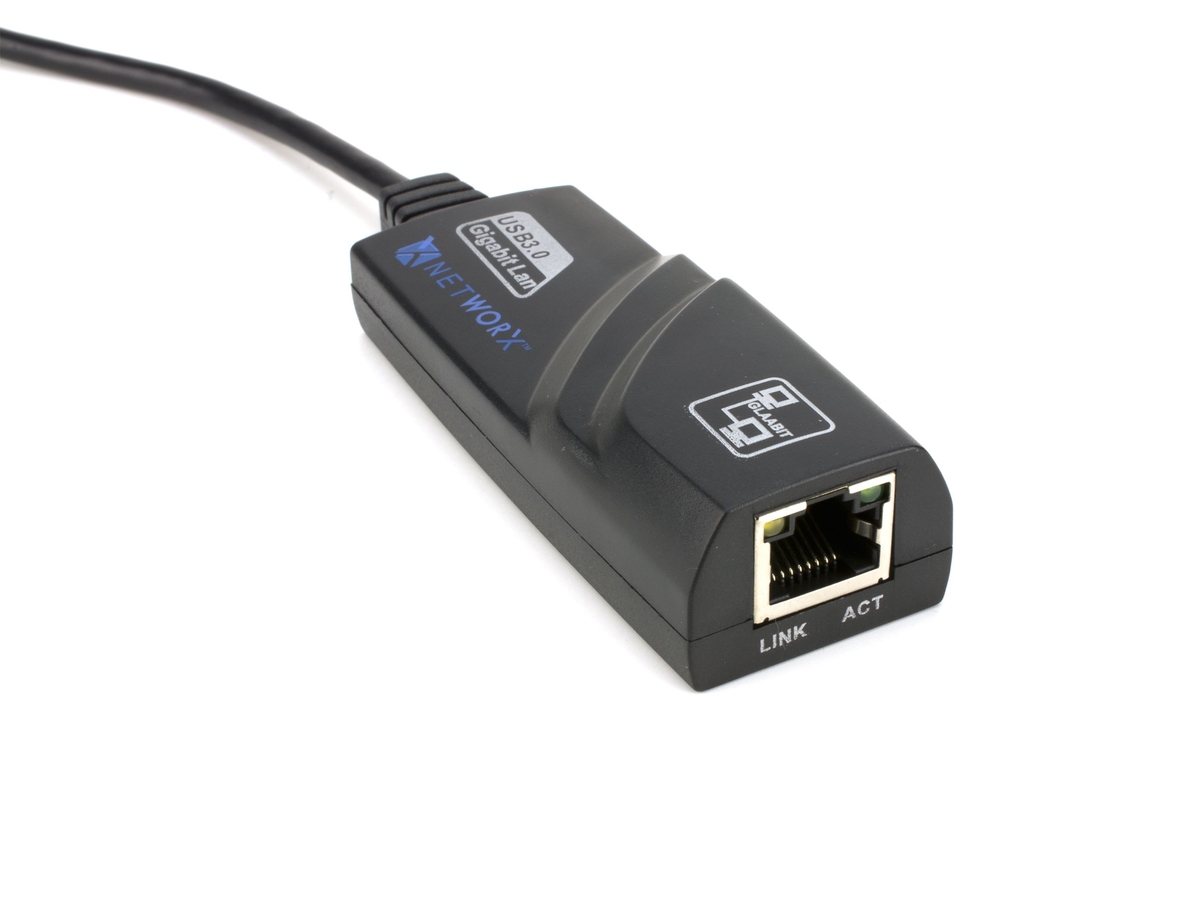

0 thoughts on “What Is Display Adapter”